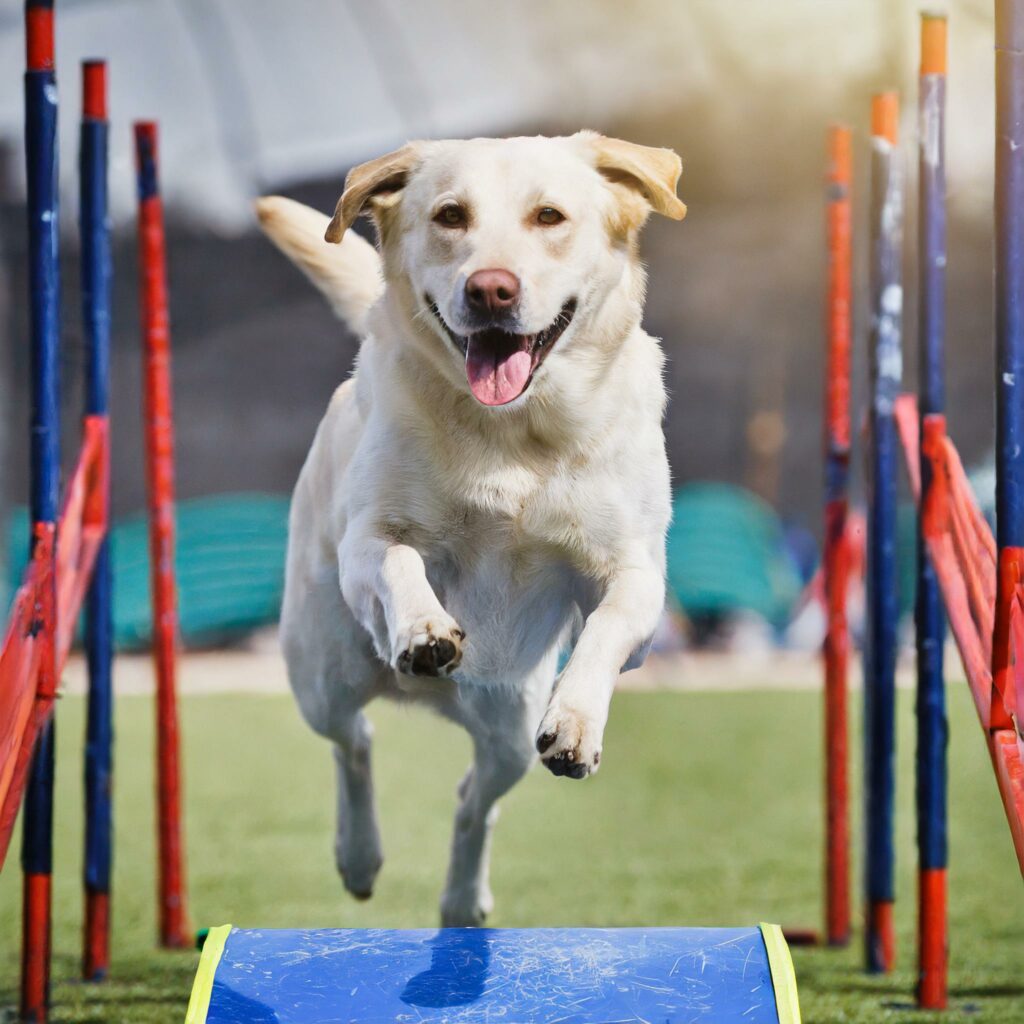The Labrador Retriever, commonly known as the Labrador, is one of the most beloved dog breeds worldwide, cherished for its affable nature and versatile abilities. From a trusted family companion to a diligent working dog, the Labrador’s behavior exemplifies why this breed has maintained its popularity over the years. This article delves into the various facets of Labrador behavior, providing insights into their social interactions, training needs, exercise requirements, and common behavioral challenges. By understanding these aspects, owners can ensure a healthy, happy life for their Labs.
History of Labradors
Labrador Retrievers trace their roots back to the early 19th century in Newfoundland, Canada, not Labrador as their name might suggest. Originally called St. John’s Dogs, after the capital city of Newfoundland, Labradors were employed by local fishermen to retrieve fishing hooks and fish that escaped from hooks. Their excellent swimming abilities and hardworking nature made them invaluable helpers. Over time, these dogs were brought to England, where they were refined and standardized as the breed we know today. This historical background has imbued the Labrador with traits of hardiness, intelligence, and an eagerness to please, which are key to their behavior.
Physical Traits
Labradors are medium to large-sized dogs, with males typically weighing 65 to 80 pounds and females 55 to 70 pounds. They stand about 21.5 to 24.5 inches tall at the shoulder. Their coat, which comes in black, yellow, and chocolate, is short, dense, and weather-resistant, suited to the outdoor activities they were bred for. One of the most distinctive features of Labradors is their broad head and expressive eyes that convey a range of emotions, from alertness to affection.
Temperament
Known for their gentle demeanor and friendly disposition, Labradors are epitomes of the ideal family dog. They are neither aggressive nor timid, maintaining a balanced temperament that is both confident and docile. Labradors are highly sociable animals, thriving on interaction with humans and other animals. This breed is characterized by a remarkable patience and a non-confrontational attitude, making them excellent companions for children.
Social Behavior
Labradors are inherently social dogs. They integrate well into family life, often seeking out human companionship and forming strong bonds with their owners. Their behavior in a family setting is marked by loyalty, protection, and a playful spirit that can provide endless entertainment and affection.
Interaction with Families

In the family environment, Labradors exhibit a protective yet loving behavior. They are particularly attentive to children, often displaying a nurturing attitude. Labradors are known to be watchful over their family’s safety but without the propensity for unnecessary aggression, making them ideal for households with young ones.
Interaction with Other Pets
When it comes to other pets, Labradors generally display a friendly curiosity and can coexist peacefully with other household animals, including cats. Early socialization is crucial to develop this harmonious interaction. Labradors are likely to treat other pets as part of their ‘pack,’ especially if raised together from a young age.
Known Behavioral Issues
While Labradors are usually well-mannered, they can develop dominant or disruptive behaviors if not properly socialized or if they lack adequate mental and physical stimulation. These behaviors may include excessive barking, digging, or showing dominance over other dogs.
Training Capabilities
Labradors excel in training due to their intelligence and desire to please their owners. They are among the most trainable of dog breeds, often used in roles such as search-and-rescue missions, therapy work, and as service dogs for the disabled. This trainability is deeply embedded in their history as working dogs, requiring them to be responsive and attentive to their handlers.
Training Tips
Effective Labrador training involves consistency, patience, and positive reinforcement. Techniques such as reward-based training, where good behavior is rewarded with treats or praise, work particularly well. Training sessions should be kept short and engaging to maintain the Labrador’s interest, and they should start from an early age.
Common Training Challenges

Despite their many positive attributes, Labradors can be exuberant and occasionally stubborn, which may pose challenges in training. They may become distracted by their surroundings, particularly if they smell food or see other animals, which requires a firm yet gentle approach to maintain focus during training sessions.
Exercise Needs
Labradors have a considerable amount of energy that needs to be channeled through regular physical activity. Without adequate exercise, they can develop destructive behaviors as an outlet for their unspent energy. Daily activities such as walking, playing fetch, or swimming are essential to keep a Labrador healthy and well-behaved.
Types of Exercise
The ideal exercises for Labradors engage both their mind and body. Activities like fetching games, agility training, and interactive play that involve both physical exertion and mental challenge are perfect for this breed.
Behavioral Problems and Solutions
Common behavioral issues in Labradors include chewing, unnecessary barking, and over-exuberance that can lead to jumping on people. These issues can typically be managed through proper training and adequate physical and mental stimulation. Establishing a routine and providing engaging toys and puzzle feeders can help prevent boredom and curb undesirable behaviors.
Preventative Measures
Preventing behavioral issues begins with early socialization and training. Exposing puppies to a variety of people, pets, and environments can help them develop into well-adjusted adults. Regular veterinary care and a balanced diet also contribute to overall behavioral health.
Aging and Behavior
As Labradors age, their energy levels usually decrease, but they remain affectionate and loyal. Senior Labradors may develop arthritis or other health issues that can affect their behavior. Adjusting their exercise routine and environment to accommodate their aging bodies will help maintain their quality of life.
Conclusion
Understanding the behavior of Labradors is essential for any current or prospective owner. These dogs are not only loving and loyal but also require a commitment to training, socialization, and regular exercise. With the right care, Labradors make wonderful, life-long companions who bring joy and affection into the lives of those around them.
FAQs
Are Labradors suitable for apartment living?
Labradors can adapt to apartment living if they receive sufficient exercise. However, they do best with access to larger spaces where they can play and explore.
How long do Labradors typically live?
Labradors typically live between 10 to 12 years. Proper care, a healthy diet, and regular exercise can help ensure a long, healthy life.
Are Labradors prone to any specific health issues?
Labradors are prone to certain health issues like hip dysplasia, obesity, and heart problems. Regular check-ups and a proper diet are essential to manage these risks.
How often should a Labrador be trained and exercised?
Labradors should be trained consistently from an early age and need daily exercise to maintain their physical and mental health.
What should I feed my Labrador?
Labradors should be fed high-quality commercial dog food or a well-balanced homemade diet as recommended by a veterinarian. Care should be taken with portion sizes, as Labradors are prone to overeating.
